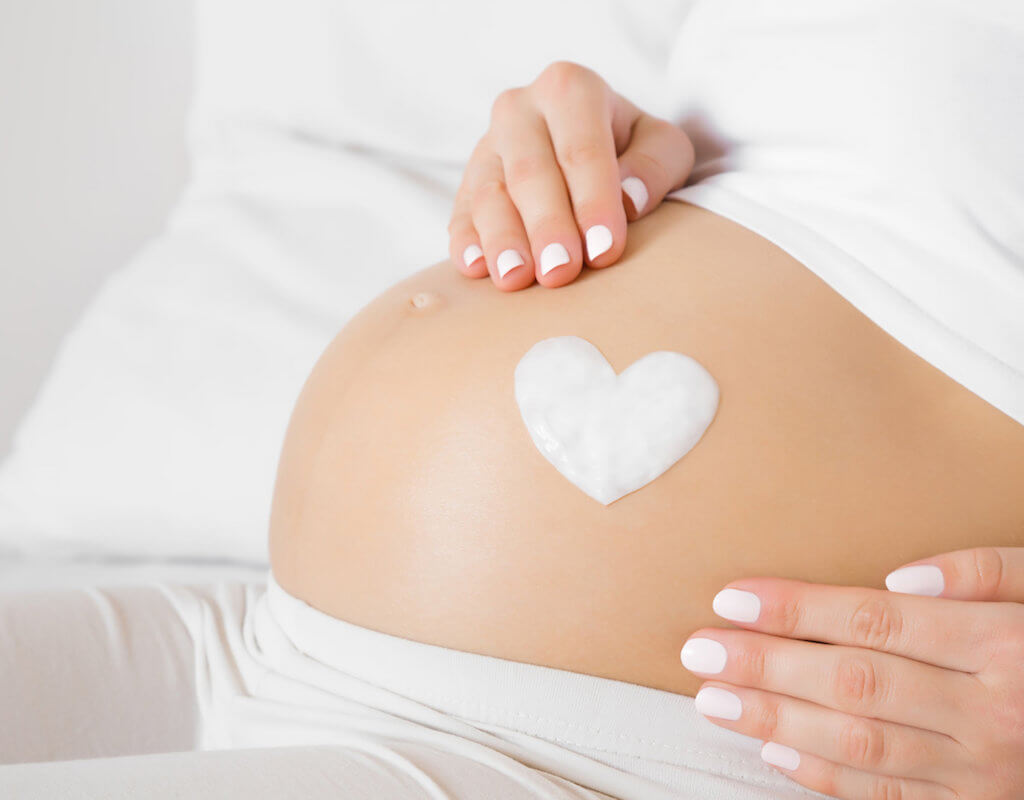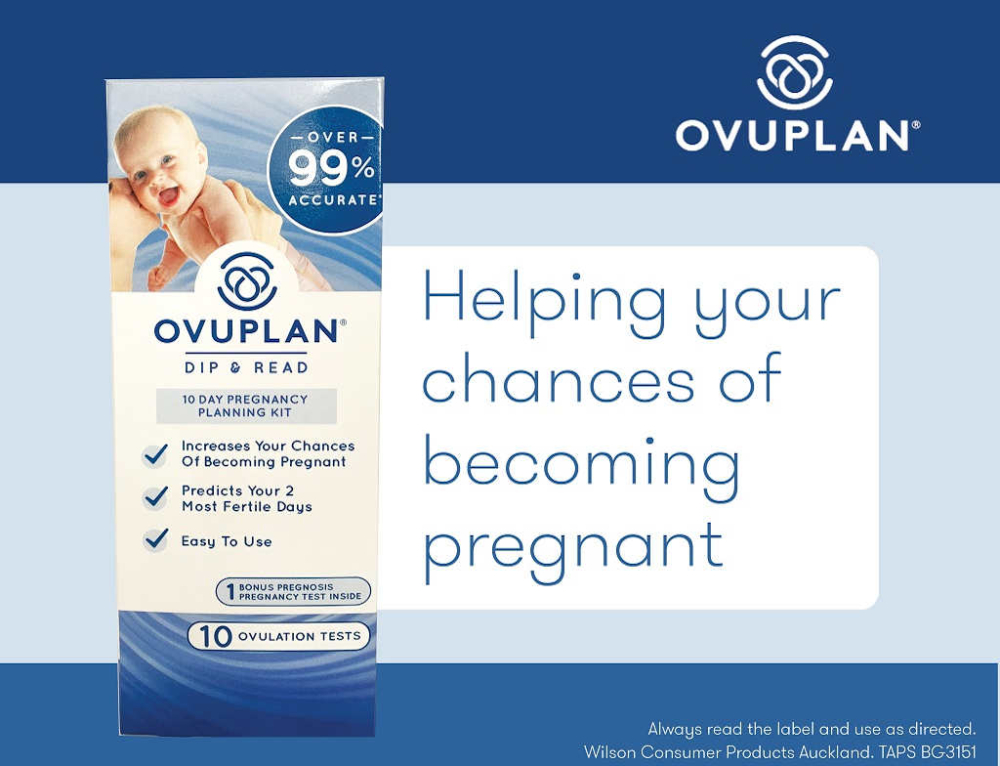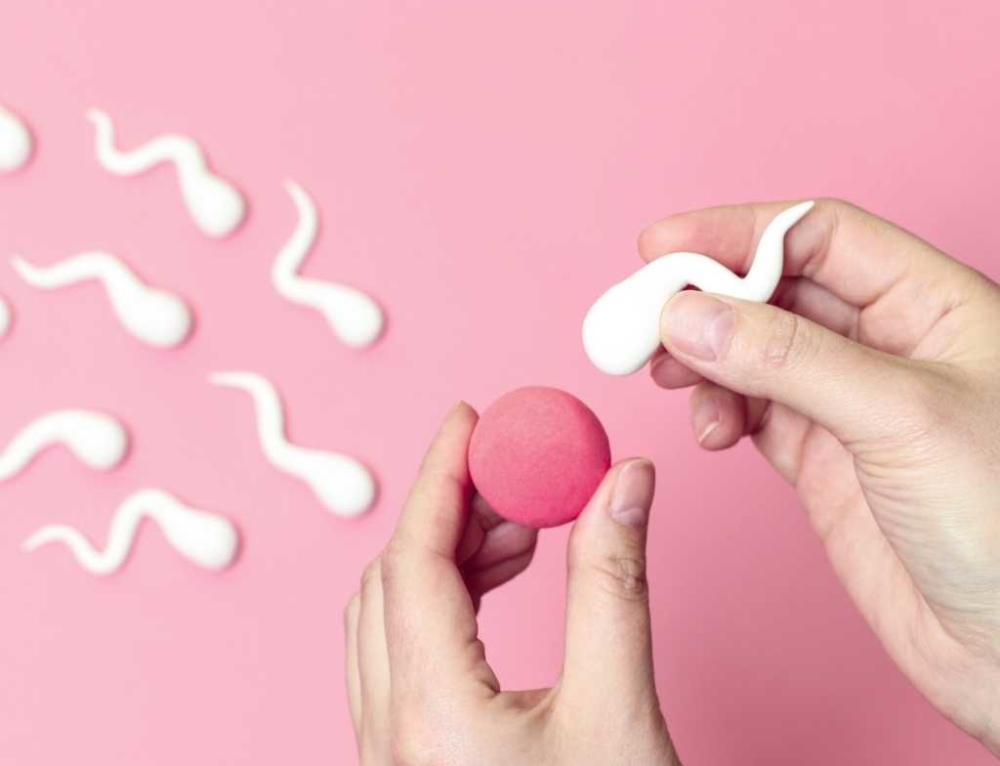We’ve heard the phrase “pregnancy glow” so how come the only thing shining on many expecting women’s faces is their latest pimple breakout?
Growing a baby is not always kind to a mum-to-be’s largest organ, her skin. All those hormones, extra blood supply and the sudden weight gain often doesn’t bring the best out in our skin.
Here’s a list of a few skin complaints you may suffer with over the course of the next few months – and they’re all extremely normal – plus some suggested treatments.
Pimples and acne
Even if your skin was pretty good during your teen years, this doesn’t mean you’ll escape a few break-outs throughout your pregnancy, especially in the first trimester when your hormones are going haywire and creating an oil slick on your skin. And don’t be surprised if acne is not confined to your face – the chest and back areas area also common break-out zones.
Treatment:
When you’re pregnant your skin can become very sensitive, so steer clear of the strong pimple treatments and just use gentle and natural soap-free cleansers and oil-free moisturisers. Before using any over-the-counter acne treatments, talk to your doctor or a pharmacist.
Pigmentation
Also called the “mask of pregnancy” or chloasma, this pigmentation shows up in the form of a tan or brown splotches, usually on the face. Experienced by more than 70% of pregnant women, it’s believed the patches are caused by an increase in hormones when pregnant which can lead to heightened production of the skin pigmentation, melanin.
Treatment:
Pigmentation generally fades after pregnancy, but to lessen them, stay out of the sun and wear a good sunscreen. UV rays can intensify the hyperpigmentation. If you’re still unhappy with the marks after your baby, there are skin bleaches (both over-the-counter and beautician-applied) available plus the more extreme treatment of lasers, but do not use these while you are pregnant, and always seek the appropriate advice.
Skin tags
These unsightly, but completely benign, little polyps of skin can pop up at an alarming rate during your pregnancy, usually in areas where skin rubs on clothing or rubs together like the underarms, neck folds and under bra lines on the chest. They’re caused by the hyperactive growth of a superficial layer of skin, spurred by, you guessed it, all those pregnancy hormones.
Treatment:
Once in place, skin tags generally stay unless they fall off for some reason like being rubbed by clothing, or are excised. If they are bothering you, a doctor can remove them – but don’t do it yourself.
PUPPP
This is the acronym for a tongue-twister rash called Pruritic Urticarial Papules and Plaques of Pregnancy (PUPPP). This extremely itchy rash will strike some women around their 35th week, driving them crazy for about six weeks. No one is sure what actually causes this red and very uncomfortable skin condition, but it’s sure to be those pesky hormones at work again. The rash generally starts on the bump, spreading rapidly to the trunk, arms, buttocks and thighs.
Treatment:
PUPPP is not dangerous to mum or bub, just extremely uncomfortable. Try wearing loose-fitting clothing, keeping cool and soaking in an oatmeal bath. If you’re going crazy – and many sufferers of PUPPP say they do – your GP or obstetrician can prescribe a mild cortisone treatment which is safe for use in pregnancy. Otherwise, online pregnancy forums are filled with cures mums have found themselves. Always talk to your doctor or midwife before using any treatment, including natural ones.
Important! If you are experiencing severe itching, make sure you get it checked as this is a sign of ICP.
Stretch marks
They’re not at all pretty but stretch marks come as part of the pregnancy package for nine out of 10 women. They’re caused when tissue is expanding at a faster rate than the skin – the tissue tears and scars are formed. While there are many creams and old wives’ tales out there about preventing them, in many cases the extent of your stretch marks is dictated by genetics. Your mother’s stretchmarks will usually give you a good idea about how serious your stretch marks are going to be.
Treatment:
The big nasty red or purply stretchmarks usually fade to silvery lines over time. While Retin A has been found to help with reducing the appearance of stretchmarks, NEVER use while pregnant or breastfeeding, and always consult your doctor.
Spider veins
Those much-blamed pregnancy hormones, along with increased blood volume and carrying more weight, can cause those tiny, squiggly red or purple capillaries just below the surface of the skin to become more visible during pregnancy.
Treatment:
The appearance of spider veins can retreat after you’ve had the baby, otherwise there are some strictly post-pregnancy treatments you can investigate.
Darkening moles and freckles
Little moles and freckles can become darker and appear larger during pregnancy. Your areola and nipples could become quite a lot darker. Why? Those pregnancy hormones again.
Treatment:
There’s nothing you can do about these changes, but you should still be vigilant in regards to any changes to moles, seeking medical advice.
Obstetric Cholestasis
This is one condition with itchy skin symptoms you don’t ignore when you’re pregnant. This potentially serious liver disorder causes itchiness (but no rash), especially in the hands and feet, and sometimes extending to the rest of the body. It affects 1-1.5% of pregnant women, usually around the 20th week, and requires immediate medical attention.
Treatment:
There’s no DIY treatment for this condition. If you have OC, your pregnancy will be closely monitored, and it’s likely you will need to be induced early.







Leave A Comment
You must be logged in to post a comment.